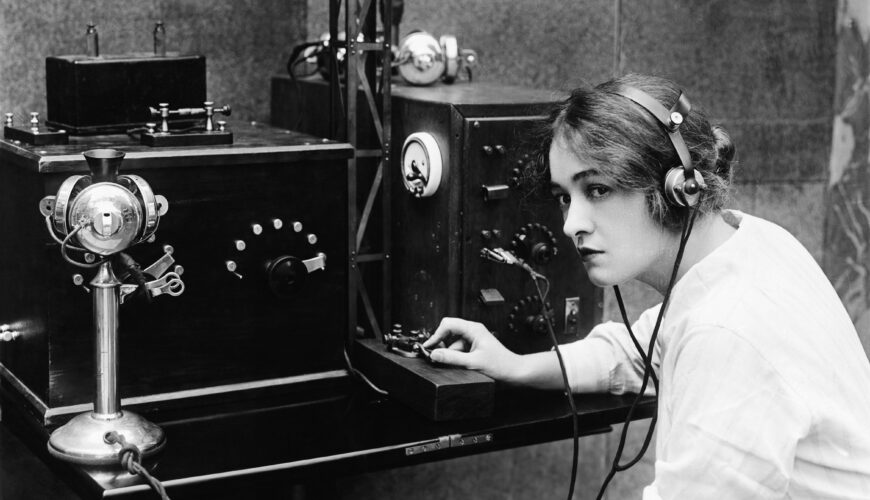Tactics
After The Shot: How to Blood Trail Your Deer
December 9, 2025 •Doug Howlett
November 5, 2024
Morse code is a method of encoding text characters through sequences of dots and dashes. While it was originally developed for telegraph communication (where that iconic sound comes from), it’s still useful today in situations where verbal communication isn’t an option. While most hunters and hikers may have never considered learning how to read morse code, it’s not uncommon for boaters and other water-fairing enthusiasts to at least know the basics, such as an SOS signal. Hopefully, you’ll never find yourself in a situation where you may need it. In case you do, here are the basics in morse code for survivalist situations.
Morse code represents letters, numbers, and punctuation using short signals (dots) and long signals (dashes). Each letter or number has a unique combination of these signals, and the beauty of the system is that it can be transmitted using sound, light, or visual signals like hand gestures. Knowing how to read Morse code can help you communicate over long distances when traditional methods fail, such as during a hiking or camping trip.
To learn how to read Morse code, it’s essential to memorize the combinations of dots and dashes that correspond to each letter of the alphabet. For example:
Each character has its own unique rhythm. Learning these rhythms by practicing common words will help you become more fluent in understanding Morse code transmissions.
The duration of a dash is three times the duration of a dot. Each dash and dot within a letter sequence has a space the equivalent of a dot in between each signal. Additionally, letters of a word have a three-dot space between them, while the space between words is equal to seven dots.
One popular method for memorization is to break the code down into small, manageable groups. For example, start with vowels (A, E, I, O, U) or commonly used letters like S and T.
The key to mastering Morse code is consistent practice and repetition.
SOS: The Most Famous Morse Code Signal
You’ve likely heard of SOS before: it’s the international distress signal and one of the first things most people learn when picking up Morse code. Here’s how you can recognize or send an SOS signal:
Altogether, it would look like this:
• • • — — — • • •
This simple but powerful signal, made up of three dots, three dashes, and three dots, can be sent in emergencies to call for help. The repetition and symmetry make it easy to remember and identify, even in high-stress situations.
While morse code was traditionally used to transmit messages through telegraph communications, in survivalist situations you may be without the proper gear. Here are some common ways to send an SOS in morse code in case of an emergency:
Commonly, you can project an SOS message in a survivalist situation using a flashlight. By mimicking the patterns for each letter, you can send an SOS by flicking the light on and off you can send out an easy SOS in no time. Just make sure to follow the same spacing rules as normal audio-based morse code when sending a signal via flashlight.
You can use a firearm to send an SOS in times of distress as well. Firing three dots, then three dashes (just space the shots longer to compensate for a lack of spacing variety) and finishing with three more rapid shots will convey the same message with the tool you’ll most likely have on hand. Just like with the flashlight, the key is to make sure the spacing between the dots and dashes stays consistent no matter which tool you’re using to send morse code signals.
Another similar method is banging objects together in the same pattern. If by some chance you’re stuck underground, in a cave, or maybe in a tree stand and unable to communicate verbally you can bang pipes, stones, or any two objects together in the SOS pattern in the hopes of rescue.
Most used by boaters, using the boat horn or other similar noise making device is a common way to send an SOS to nearby vessels.
Mastering how to read Morse code is not only a practical skill for outdoor enthusiasts, but it also honors a historic form of communication. Whether you’re tapping out “I love you” to someone special or sending an SOS in an emergency, Morse code provides a unique way to stay connected when other communication fails.
In sum, while sending detailed morse code messages may never be on your agenda, understanding the basics for very important distress signals is a great back up tool in the worst-case scenario.
